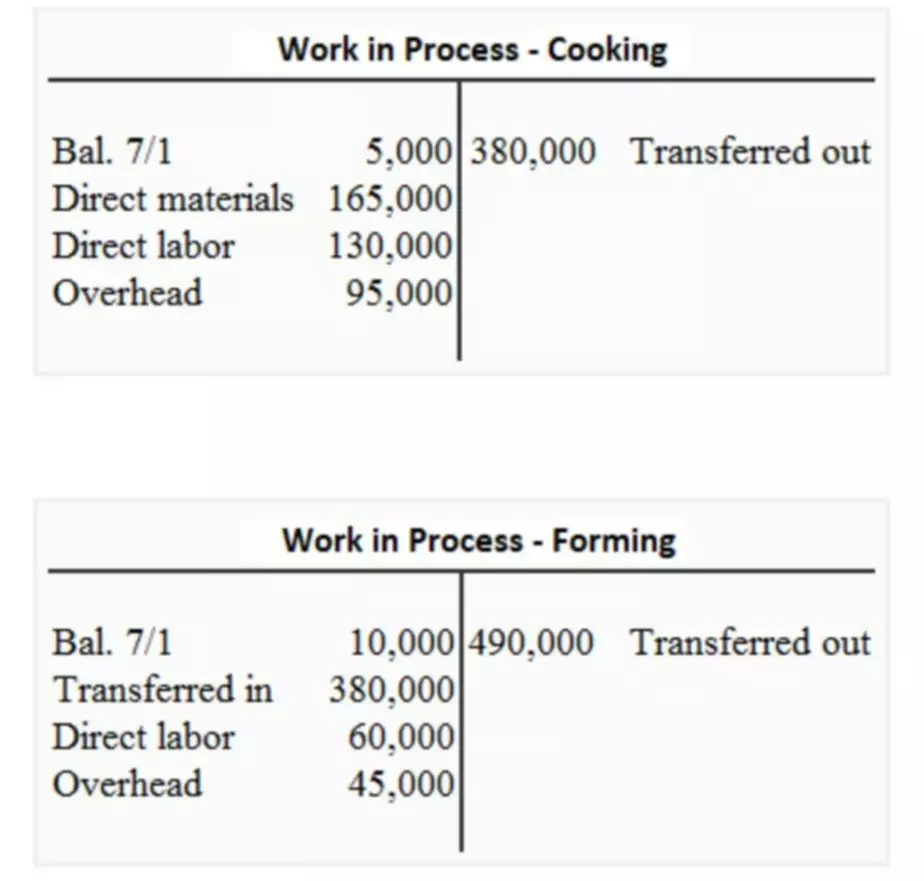Content

Current LiabilitiesCurrent Liabilities are the payables which are likely to settled within twelve months of reporting. They’re usually salaries payable, expense payable, short term loans etc. CreditorsA creditor refers to a party involving an individual, institution, or the government that extends credit or lends goods, property, services, or money to another party known as a debtor. The credit made through a legal contract guarantees repayment within a specified period as mutually agreed upon by both parties. Common StockCommon stocks are the number of shares of a company and are found in the balance sheet. EquityEquity refers to investor’s ownership of a company representing the amount they would receive after liquidating assets and paying off the liabilities and debts. It is the difference between the assets and liabilities shown on a company’s balance sheet.
In such a case, the company may be deriving additional operating cash by issuing shares or raising additional debt finance. Analysts use the cash flows from financing section to determine how much money the company has paid out via dividends or share buybacks. It is also useful to help determine how a company raises cash for operational growth. The cash flow statement includes cash made by the business through operations, investment, and financing—the sum of which is called net cash flow. Cash flow from investing activities reports the total change in a company’s cash position from investment gains/losses and fixed asset investments.
Importance of Cash Flow
It starts with net income or loss, followed by additions to or subtractions from that amount to adjust the net income to a total https://www.bookstime.com/ figure. What is added or subtracted are changes in the account balances of items found in current assets and current liabilities on the balance sheet, as well as non-cash accounts (e.g., stock-based compensation). Cash flow analysis helps you understand if a business’s healthy bank account balance is from sales, debt, or other financing.

Companies are able to generate sufficient positive cash flow for operational growth. If there is not enough generated, they may need to secure financing for external growth in order to expand. Julius Mansa is a CFO consultant, finance and accounting professor, investor, and U.S. Department of State Fulbright research awardee in the field of financial technology. He educates business students on topics in accounting and corporate finance.
Types of Cash Flow
“Net” means the combination of the cash outflow of and the cash inflow of 40,000. Profit can either be distributed to the owners and shareholders of the company, often in the form of dividend payments, or reinvested back into the company.
- This will allow you to compare your projections to your actual cash flows and make adjustments to the projections for the remainder of the year.
- We will use these names interchangeably throughout our explanation, practice quiz, and other materials.
- However, there are many cash items that are not income and expense items, and vice versa.
- Cash flow analysis helps your finance team better manage cash inflow and cash outflow, ensuring that there will be enough money to run—and grow—the business.
- Kirsten Rohrs Schmitt is an accomplished professional editor, writer, proofreader, and fact-checker.
- A reconciliation between reported income and cash flows from operating activities provides useful information about when, whether, and how a company is able to generate cash from its operating activities.
The free cash flow figure can also be used in a discounted cash flow model to estimate the future value of a company. Financial analysts will review closely the first section of the cash flow statement, cash flows from operating activities. Part of the review consists of comparing this section’s total to the company’s net income. This is done to see whether the revenues, expenses, and net income reported on the income statement are consistent with the change in the company’s cash balance. IAS 7 Statement of Cash Flows requires an entity to present a statement of cash flows as an integral part of its primary financial statements. It is defined as the amount of money needed to facilitate business operations and transactions, and is calculated as current assets less current liabilities . Computing the amount of working capital gives you a quick analysis of the liquidity of the business over the future accounting period.
